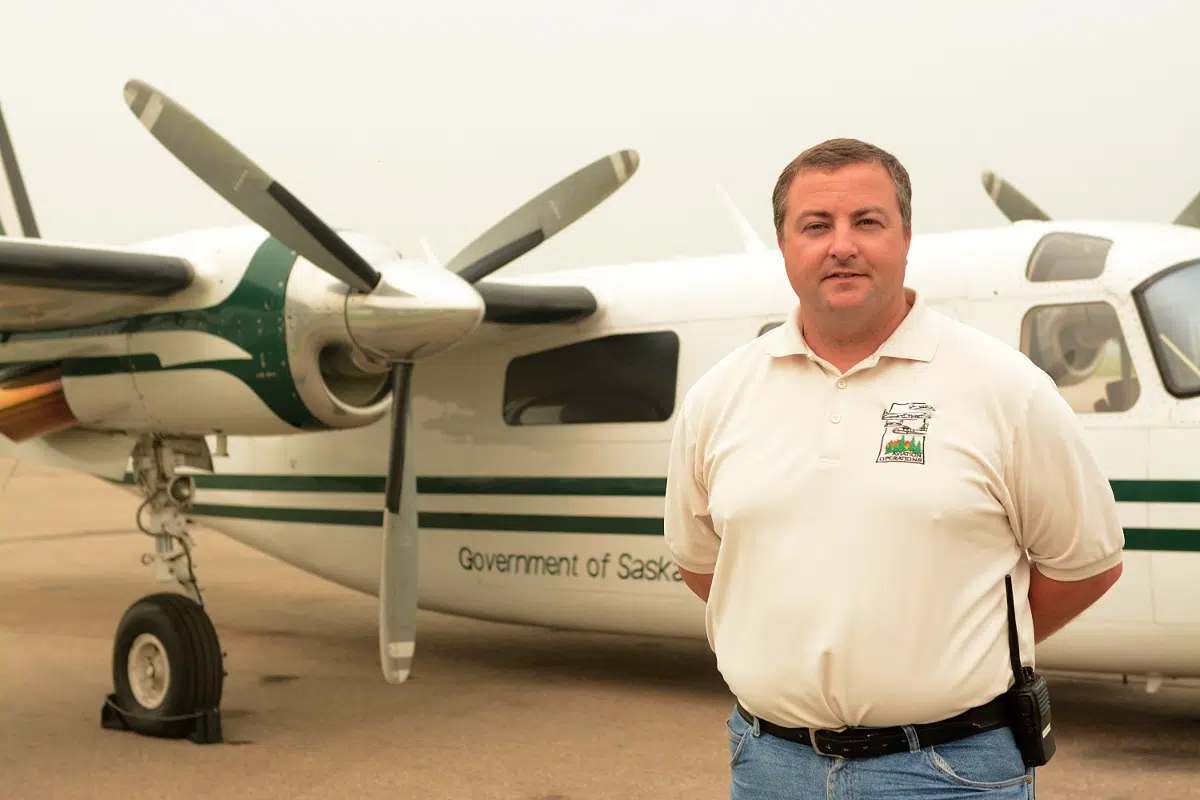
Pilots grounded due to smoke, unable to help with fire efforts
As fires continue to rage in the north, smoke fills the province of Saskatchewan.
At the same time, air traffic has been grounded in both Prince Albert and La Ronge, meaning water bombers from the two major communities are unable to assist in the efforts for the time being.
Fred Jorgensen, a Bird Dog pilot, has been flying for 20 years and working with the Saskatchewan Government for a decade.
“In the 10 years that I’ve been on, this has been the worst year that I’ve seen so far,” he said. “Just with the extremely dry conditions and the number of fires that have popped up — and the number of intense fires that have come up — we don’t seem to have the resources to be able to handle them all.”


